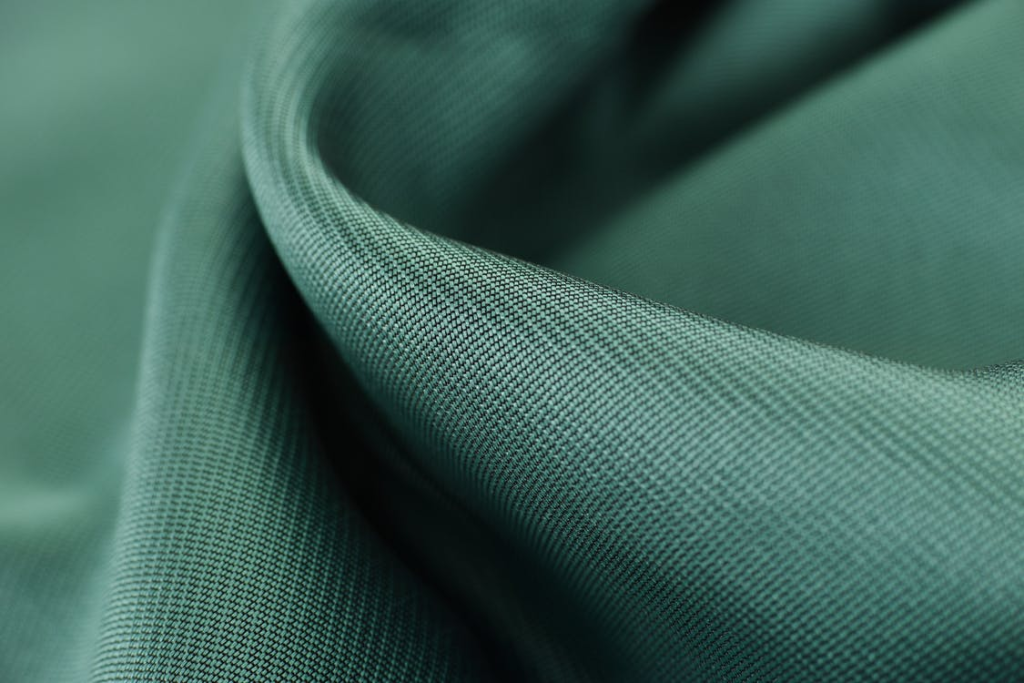
Yes, Gorilla Glue is effective on fabric. Gorilla Fabric Glue offers a fast, strong bond that remains flexible after washing. Its perfect for attaching fabrics and tricky embellishments. This high-strength glue dries clear and works on many surfaces, making it a great option to sewing. While regular Gorilla glue can work on prepared surfaces, specialized Gorilla Glue products offer more specific features. For best results, choose the Gorilla Glue designed for your specific project.
Can Gorilla glue Withstand the Wear and Tear of Fabric?
Gorilla Glue can bond fabric effectively.Choose the clear or textile-specific adhesive for best results. The original formula might work, but the finish may not be ideal for fabric projects.
Gorilla Fabric Glue works just like any textile adhesive you can buy. Use it for stitches, hemlines, and attaching gems or spots. This clear adhesive is perfect for decorative stitching.
For pretreated items, hand washing or a cold water cycle in your washing machine is ideal. Both methods are gentle, even though the items are water-resistant and can handle some heat. If your item has gems or 3D decorations, use a laundry bag and turn it inside out for extra protection.
For hems, embroidery patches, or embroideries fixed with adhesive, a spin-dry cycle is suitable. However, if the item features gemstones or crystals, air-drying it flat on a towel rack is recommended for optimal care.
How Long Does it Usually Take for Gorilla Glue to Dry on Fabric?
Gorilla Glue feels dry to the touch in just one hour. However, it needs 24 hours to fully cure and create a strong bond.After the first hour, remove any pressure or clamps from the glued area. For optimal results, let it sit for a full day. Maintain pressure for the entire 24-hour period to ensure a perfect bond. Note that some products, like spray glue or textile adhesive, may only take a few minutes to set.
What Type of Fabric is gorilla Glue not Applicable?
Natural fabrics like cotton and wool don’t bond well with Gorilla Glue. This polyurethane adhesive is tricky to use. It needs moisture to work, and it expands and foams during application. This creates mess and can damage natural materials.
Furthermore, an exothermic reaction occurs when Gorilla Glue interacts with certain materials. This can lead to flames or dense, white smoke that can be hazardous. Exercise caution when using Gorilla Glue, as it releases carbon dioxide upon contact with water.Inhaling this gas is perilous and shoudl be prevented. eye irritation is also a potential risk.
Even if you avoid the common pitfalls of using Gorilla Glue on fabrics, your repair might still fall short. The glue can become rigid and crack if the material is flexed or stressed during the drying process.
Will Regular Gorilla Glue Bond Fabric?
Standard Gorilla Glue isn’t designed for fabrics. It excels in challenging repairs and artistic endeavors. Think woodworking, foam, glass, porcelain, or concrete. Its finish isn’t refined, as it’s built for outdoor durability. Remember, Gorilla Glue expands as it dries.
Prepare for it to ooze from every crack and opening. This characteristic, while creating a robust and lasting bond, can damage fabrics and make application messy. Eventually, the glue will crack and tear through your material, ruining it. In short, standard gorilla Glue isn’t suitable for fabrics as it won’t dry correctly.
Which is Better Between Super Glue and Gorilla Glue for Fabrics?
Avoid using super glue for textile projects. It doesn’t work well with fabrics because the fibers are too porous and the material isn’t dense. Washing will remove the adhesive, leaving an unsightly, plastic-like glue residue.
These leftover substances stiffen the material, impacting its drape and softness. Super glue rapidly hardens upon contact with cotton, wool, or other fabrics. This process generates significant heat, possibly igniting the fibers and creating a fire hazard.
Consider textile glue as a fabric-amiable alternative to superglue. It bonds well with cotton, leather, wool, denim, and vinyl, working similarly to super glue. Fabric glue is less likely to stain clothing compared to super glue. However, like superglue, washing can remove it. Therefore, it’s best for temporary fixes or small embellishments, not permanent solutions.
Is Gorilla Glue an alternative to Sewing Fabric?
Gorilla Glue works well on fabric. It’s a great no-sew option for hems and trims,among other fabric-related tasks. Using it is similar to using regular fabric glue. This makes speedy clothing repairs easy. gorilla Glue offers a fast fix for many sewing problems. It also simplifies adding embellishments. Understand the process before starting any project. If you’re new to this, proceed slowly and carefully.
What is the Best Gorilla Glue for Fabric?
Choose Gorilla Waterproof Fabric Glue for superior results. This clear adhesive comes in a convenient 2.5-ounce jar. Its unique formula creates strong,flexible bonds that last,even after washing.It’s heat-resistant, so no need to worry about reapplication after the laundry or dryer.
Adhesive glues are perfect for attaching beads, buttons, canvas, denim, fabrics, felt, rhinestones, ribbons, sequins, and other decorative items. Remember, some delicate, lightweight, or loosely woven fabrics might not bond well.Always test the glue on a small, hidden area of similar materials before starting your project.
